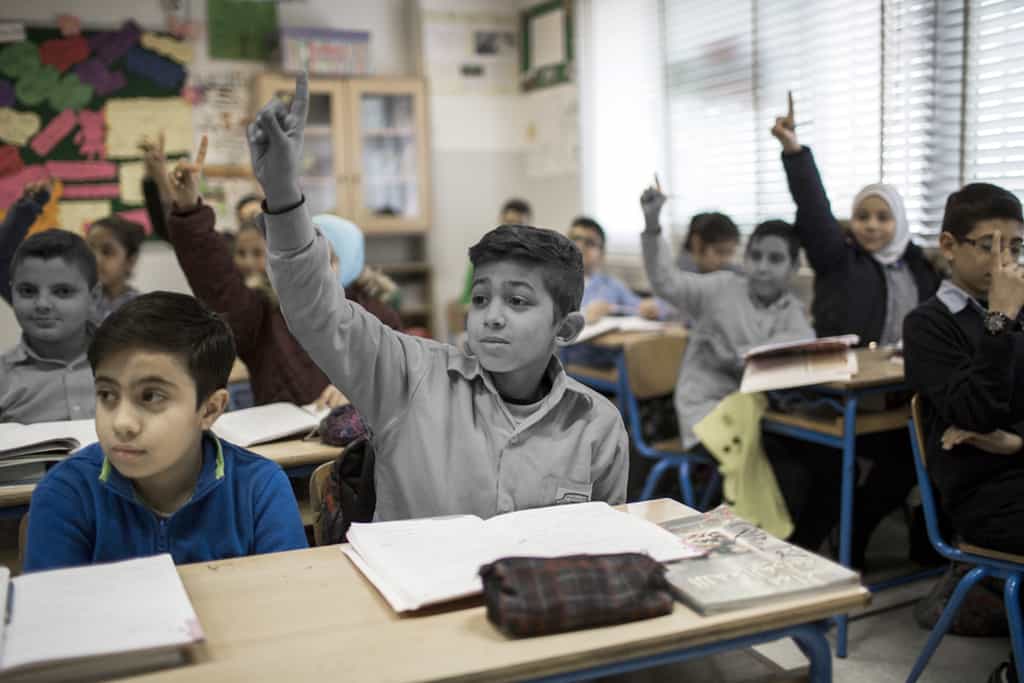
Displaced children in MENA bear brunt of COVID-19 crisis
Decades of conflicts and wars have resulted in widespread displacement in the Middle East and North Africa (MENA). In recent years, the number of refugees has increased manifold, with over half of them being children. As per the World Migration Report 2020 by the United Nations, there are an estimated 31 million child migrants across the globe and around 13 million of them are refugees who have suffered vastly due to years of conflict and displacement.
According to reports, the ongoing crisis in Syria has resulted in the largest refugee crisis in the world with over 5.5 million registered refugees from Syria living in countries like Lebanon, Turkey, Jordan, Egypt and Iraq. Crucially, 2.6 million of these refugees are children.
Amid the prevailing struggles, the Coronavirus pandemic has further intensified the crisis for refugees by pushing them into deeper poverty and increased risk of survival. Refugees and displaced populations in MENA countries are facing triple crises: conflict, COVID-19 and global economic downturn caused by the pandemic.
Pandemic-induced lockdown measures and lack of basic social protections resulted in millions of refugees losing their source of income and livelihood. Children are bearing the brunt of the crisis as the education sector has come to a standstill. Experts have expressed concerns that the pandemic is threatening the reversal of years of progress made in providing proper education to millions of refugee children. With schools closed for months and pressing lack of income, families are pushing their children either into work to earn additional money for survival or early marriages.
Earlier in June, the UN had warned that Coronavirus could result in the death of 51,000 children in the MENA region by the end of 2020, noting that the pandemic is severely affecting the health of the children amid the lack of basic medical facilities. The WHO (World Health Organisation) and UNICEF had warned of the devastating impact of COVID-19 on the health of children under the age of five.
Many of the countries in the region, including Yemen, Lebanon, Syria and Sudan are unable to contain the spread of the virus owing to their poor health infrastructure, unsanitary living conditions and limited testing capabilities. Millions of the internally-displaced people do not have access to proper food, which can spark mass migration across countries if aid is not provided urgently, according to the UN.




